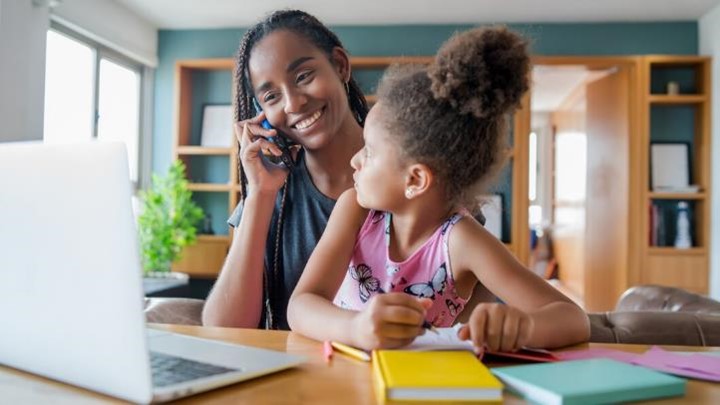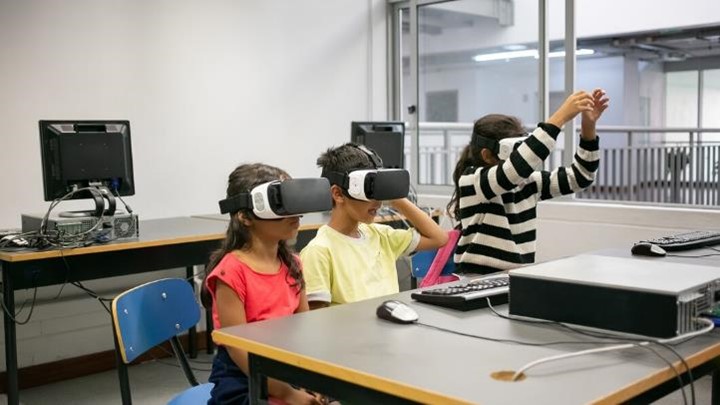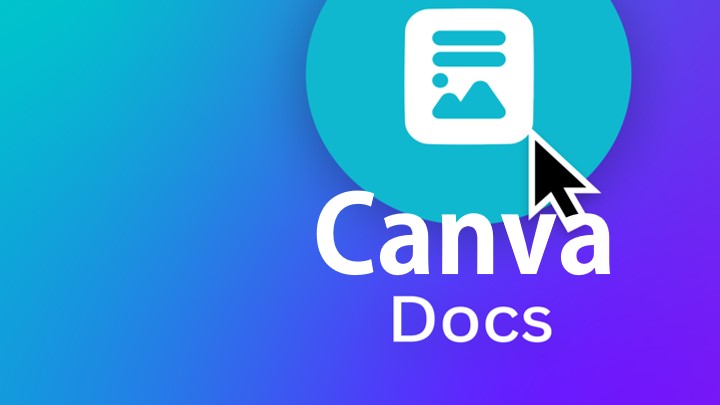As an educational technology specialist, I’m delighted to be digging into the realm of parent-teacher communication tools in this blog article. We’ll look at a range of possibilities, analyze their features, and help you find the best platform to build the bond between parents and teachers.
Phone calls and printed newsletters are no longer sufficient. Educational technology provides a wealth of new solutions for bridging the gap between home and school, keeping parents informed and involved in their child’s learning experience.
Without taking much time, let’s dive in. But then, we shall first look at the advantages of parent-teacher communication tools, and then have a brief discussion of the old ways of parent-teacher communication tools.
Benefits of Communication Tools
There are various benefits to using parent-teacher communication tools:
- Improved Student Outcomes: Strong communication between parents and teachers results in a more cohesive approach to education. When parents are informed about classroom activities and expectations, they may support learning at home more effectively. This can result in improved grades, conduct, and student involvement.
- Increased Parental Involvement: Communication technologies help parents stay aware and active in their children’s education. This can lead to a stronger feeling of cooperation between parents and teachers, resulting in a more supportive learning environment for students.
- Enhanced Teacher Efficiency: These technologies can simplify communication tasks, saving teachers important time. Automated reminders and grade updates can help teachers focus on class planning and student engagement.
- Improved Transparency and Trust: Communication tools facilitate a more open and transparent flow of information between parents and instructors. This can increase trust and teamwork, resulting in a more enjoyable educational experience for everyone.
- Accessibility and Convenience: Many of these systems provide parents with 24-hour access to monitor grades, and assignments, and connect with teachers. This is especially beneficial for working parents or those who have demanding schedules.
- Multilingual Support: Many programs have translation services, allowing all parents to keep informed despite language obstacles.
Classic Communication Tools
Teachers have been using different classic parent-teacher communication tools. These strategies, are frequently one-way in nature, but can nonetheless be useful tools when applied wisely. Here’s an overview of some of the most common:
1. Phone Calls
Direct phone calls remain an effective option for urgent chats or in-depth discussions concerning student development. They enable a more personal touch and real-time back-and-forth contact.
2. Emails
Emails are a convenient means of textual communication. Teachers may send out mass emails with crucial updates or announcements, while parents can utilize email to set up meetings or ask particular questions. However, email does not always have the immediacy of a phone conversation and is prone to misinterpretation owing to a lack of tone. WhatsApp Messenger can be a great alternative to emails.
3. Newsletters
School or classroom newsletters provide a comprehensive summary of future activities, policies, and key information. They are an inexpensive way to reach a wide audience, but they may not be appropriate for individualized communication. parent-teacher communication tools
Parent-Teacher Communication Tools
4. Seesaw
Parents find it more difficult to observe the outcomes of finished tasks and projects as their children get older. Seesaw enables primary instructors to construct online portfolios for their kids, allowing parents to observe classwork and even have a dialog with the teacher about the assignment. You may contact families both individually and collectively, and a translation tool is provided. This is a great parent-teacher communication you should try.
5. ClassDojo
This tool enables instructors to deliver messages to families individually and collectively. ClassDojo allows teachers to exchange images, documents, and other resources. The tool also has a classroom management system, which allows teachers to grant or subtract points for student behavior. Teachers can then obtain behavior reports and share them with parents. This program has translation choices for more than 35 languages.
6. ClassTag
Teachers may utilize ClassTag to contact all families via their choice channel—SMS, email, app, online, or paper. Caregivers may use ClassTag to register for volunteering, field excursions, parent-teacher conferences, and other activities with a single click. Teachers may use messages, videos, file libraries, and “virtual backpacks” to keep parents informed about what’s going on in the classroom. Messages may be automatically translated into more than 100 languages.
7. Talking Points
Talking Points is a multilingual texting service that helps ELL instructors and parents communicate more effectively. It removes the language barrier that frequently impedes the important parent-teacher contact required for successful ELL students.
Talking Points converts the messages that a teacher creates in English into the parents’ home language. It supports over 100 languages. In reverse, it will translate the parent’s responses back into English for the teacher. Sent and received messages are managed in the same way that they would be in an email inbox.
8. Klassy
Klassly is a social media-like network that allows you to interact with your family so they are aware of what you are learning at school. The platform allows teachers to exchange videos, voice recordings, papers, surveys, invitations, and even assignments. You may schedule your entries and even control the parent comment area. The app’s “Do Not Disturb” function allows you to strike a balance between accessibility and privacy. One of the app’s distinguishing features is its inclusion. Klassly with voice-over assistance is available for use on iOS mobile devices for families with vision impairments. Translation services are also offered for teachers and caregivers.
Many other tools can help parent-teacher communication that we did not feature here. We shall be bringing them to you in our subsequent blog post. Endeavor to sign up to our mailing list, and follow us on social media platforms too.
Final Thoughts
Providing educators and parents with the necessary resources is critical for creating a collaborative learning environment. By harnessing the power of educational technology, we can build a seamless communication bridge between home and school, allowing parents to be active partners in their child’s academic achievement. So, examine your alternatives, choose the technology that best meets your needs, and go on a journey to encourage improved parent-teacher communication.







